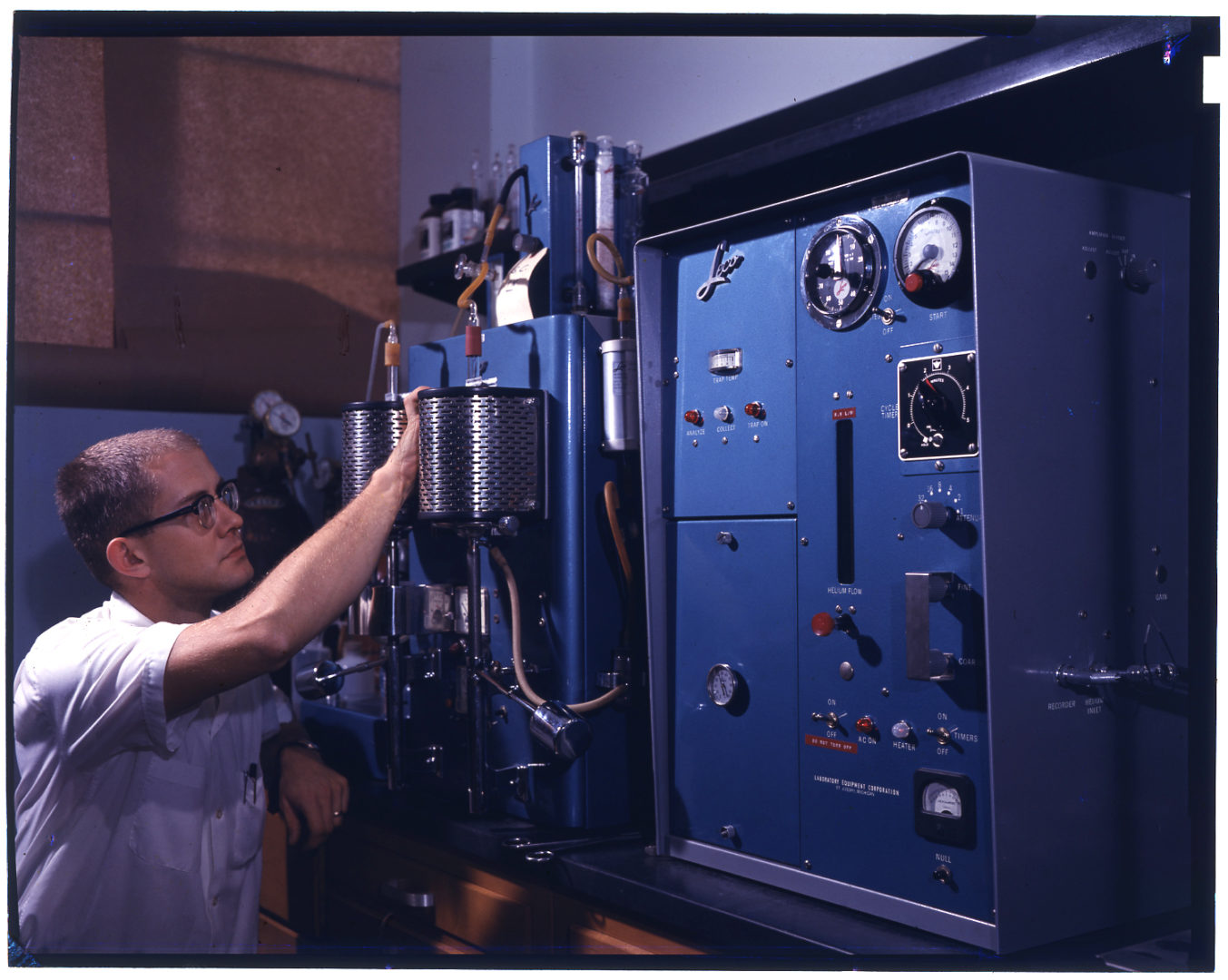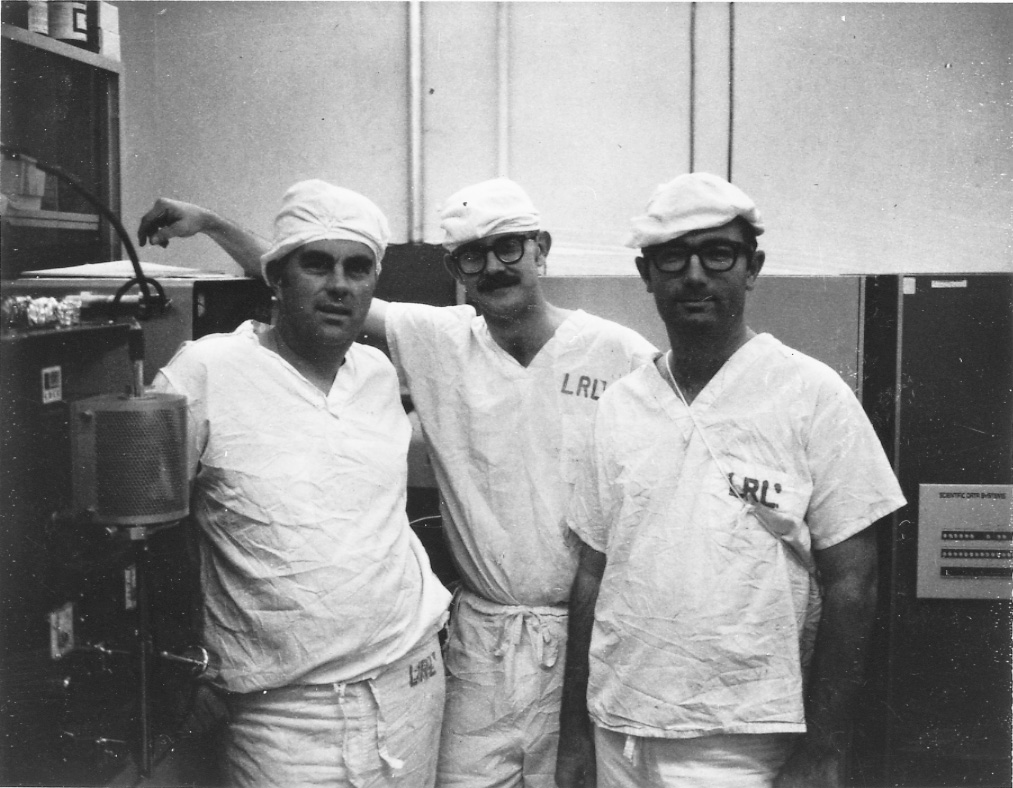Charles “Chuck” Lewis
The Center for Meteorite Studies is saddened by the passing of Charles “Chuck” Lewis, retired ASU Meteorite Curator and researcher.
Lewis’ interest in both chemistry and meteorites spanned several decades; as an undergraduate, he participated in a field trip led by H. H. Nininger. On the recommendation of ASU chemist Tom Thompson, who had been one of Lewis’ professors, Chuck joined the Center for Meteorite Studies in 1962 from the Bureau of Mines in Salt Lake City, UT.
As Collection Curator, Lewis was instrumental in documenting collection activities such as loans and acquisitions, as well as drafting collection policies and developing curation techniques for the rare and unique meteorites housed in the Center’s collection. Lewis provided curational expertise to scientists preparing to receive samples from the 1969 Apollo lunar landing, and loaned them samples from ASU’s meteorite collection that proved crucial in setting up NASA’s Lunar Receiving Laboratory.
Lewis' strong analytical capabilities were particularly invaluable after the acquisition of a LECO carbon analyzer for the Center's laboratory, which operated by combusting a sample then analyzing the resulting products by gas chromatography.

With Center Founding Director Carleton Moore, Lewis began by analyzing carbon in iron meteorites, then moved on to analyzing a variety of volatiles (e.g. C, N, Si) in both iron and chondrite meteorites. As a result of these successful analyses, and because the Center for Meteorite Studies was the only facility with the analytical equipment for carbon analysis, the very first carbon measurements of the lunar samples returned by NASA's Apollo 11 mission were performed at ASU. Moore, Lewis and the Center research team recreated the Center's analytical setup in NASA's Lunar Receiving Laboratory (Houston, TX), and ultimately analyzed over 200 lunar samples returned by the Apollo 11, 12, 14, 15, 16 and 17 missions.
Their work not only bolstered the research reputation of the Center, but also led to a breakthrough understanding of the sources of lunar carbon, specifically that carbon from cosmic rays and solar wind is implanted into the lunar surface.

At ASU, Lewis is remembered not only as an outstanding chemist and curator, but also as a good friend to the many undergraduate and graduate students, visiting scientists, and colleagues (including Oscar Monnig, Birger Wiik, Vagn Buchwald, and Ursula Marvin) he worked with during his 30+ years in the Center for Meteorite Studies.